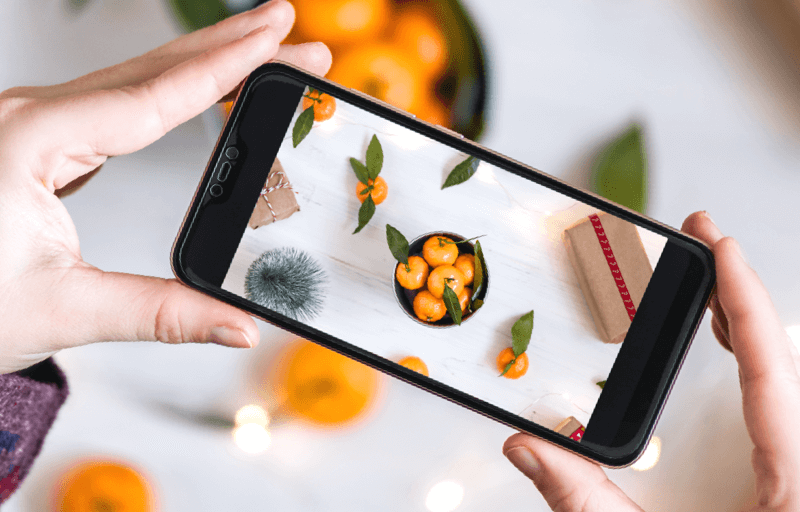There are different types of photography that professional photographers and even the hobbyists can do, and needless to say, each of them has tricks that you can follow to ensure that you produce high-quality photos. Let us take a look at these tips.
Aerial Photography
* Using earplugs is very important and must always be on your list. Whether you are in a hot air balloon or a plane when taking photos, earplugs can help you keep your focus on your main subject and not on the noise in the sky.
* Look for clear skies so if it is rainy or cloudy, do not think twice about rescheduling, unless you want to produce dark images.
* Do not forget the polarizing filter as it can help increase saturation and lessen the atmospheric haze. Polarizing filters can lessen the reflections that come from a window.
* If you’re chartering a plane or helicopter it is recommended to converse with the pilot, so they can be aware of the shots you will need. It will be a bonus if the pilot is really kind enough to take you to the beautiful places where aerial shots are most appreciated.
* Timing is very important in aerial photography. Do not take photos during lunch or noon as the sun is always high. The best time to take photos is early and later in the day.
Portrait Photography

* Proper lighting is very crucial when taking portraits so you must have a flash and lighting that goes well with it.
* You must have soft focus lenses that come in several degrees and soft focus colours. It is vital that you know which of these lenses will look great for your subject, as some of them only modify how the edges of the image appears, whereas some modify practically everything about it.
* Your subject must have makeup and a bit more light if they prefer a black and white photo as black and white colour can change how the image appears.
* Clothing is also very important in portrait photography which means that the colour of the subject’s clothing must be the same as that of the other subjects’ involved for the purpose of continuity and nice flow.
* Where the subject is going to be placed is something you should always consider. If your subjects are not arranged properly do not expect to come up with great-looking photos.
Underwater Photography

* Colour correction filters designed for underwater photography help a lot as these red filters have the ability to balance the colour by lessening blues or cyan’s in your images. Opt for a filter density based on the colour of the water as well as how deep you’ll be taking shots.
* Get close enough to your subject as the water is 800x more solid than air. Your photos will be blue in colour if you are far from the subject, but, if you are really close to it you are sure to get the best details possible. Use a strobe to get good light and lessen the possibilities of debris that cause backscatter.
* Buoyancy control is one of the secrets if you wish to obtain excellent underwater shots. Learn how to be completely still, and hover with the use of breathing methods. If you still have to learn buoyancy control, you can just put your digital camera in burst mode, so you can obtain many photos as you can, and hopefully, at least one of them will look great.



The first picture is my favorite one 🙂 amazing…… really great job…. congratulations
:)))))
http://www.primescuba.com/